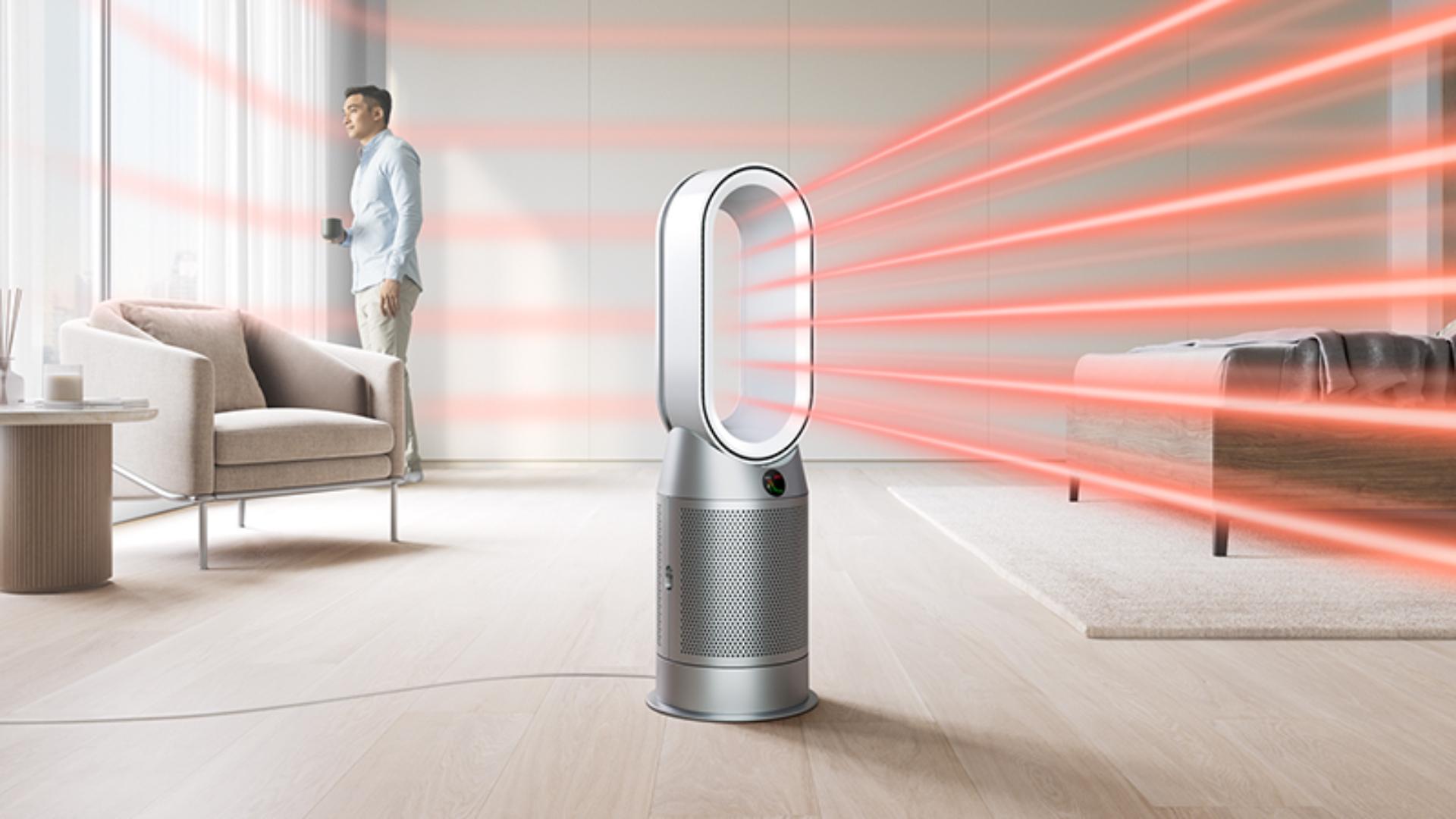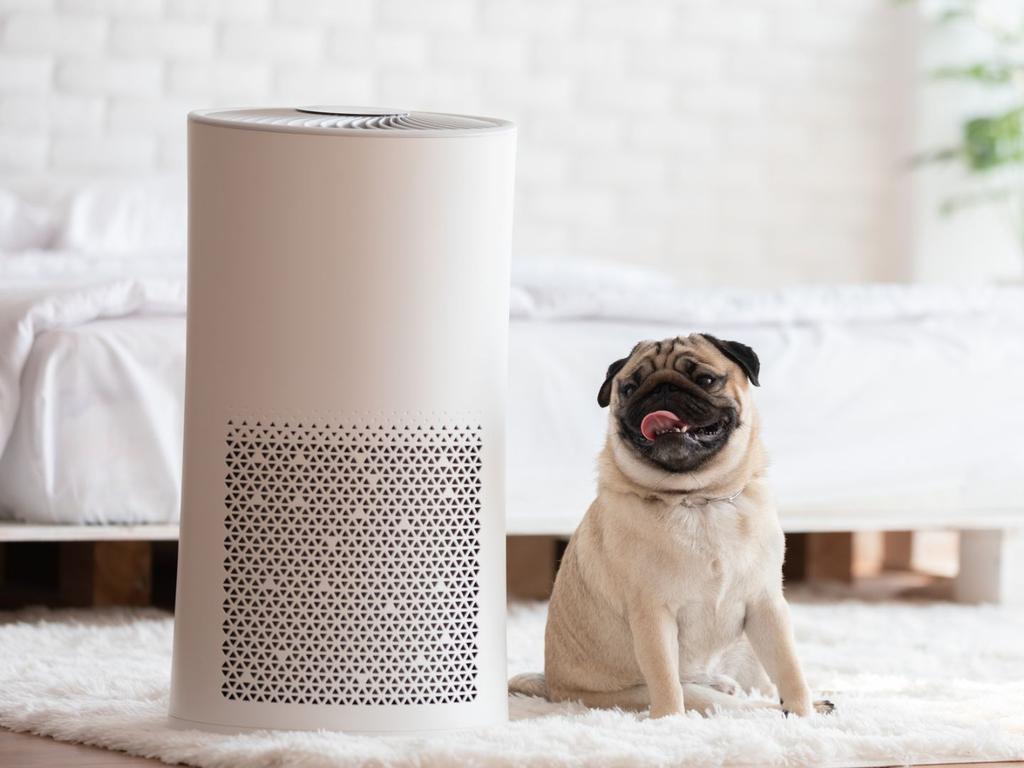Featured
Table of Contents
- – Comprehending Mold And Mildew and Its Wellnes...
- – Can Air Purifiers Help Lower Mold And Mildew?
- – The Scientific Research Behind Air Purifiers ...
- – Are Air Purifiers Right for You When Battling...
- – A Multi-Pronged Approach to Dominating Mold
- – Living Mold-Free: Beyond Air Purifiers
- – When to Contact the Experts
- – Conclusion: A Breath of Fresh Air and a Mold-...

Mold growth in your house can be a genuine issue. Not just does it produce unsightly black patches and moldy odors, yet it can likewise cause allergy signs and respiratory problems. Air cleansers are commonly suggested as a solution, encouraging cleaner air and minimized exposure to mold and mildew spores. Are air purifiers absolutely worth it in the fight against mold? This detailed guide checks out the science behind mold and mildew, the function of air purifiers, and the factors to consider when choosing.
Comprehending Mold And Mildew and Its Wellness Results
Prior to delving right into air purifiers, let's shed light on mold and its potential health dangers:
- Mold Essential: Mold and mildew is a fungi that prospers in moist settings. It duplicates by releasing spores into the air, which can be breathed in and create numerous health issue.
- Health and wellness Problems: Direct exposure to mold spores can cause allergy signs and symptoms like sneezing, coughing, itchy eyes, and a drippy nose. Sometimes, mold direct exposure can additionally result in breathing infections and intensify existing respiratory system problems like asthma.
- Mold Doesn't Differentiate: While some people are more conscious mold than others, anybody can experience wellness troubles from long term direct exposure.
Can Air Purifiers Help Lower Mold And Mildew?
Air cleansers can contribute in managing mold, but it's vital to understand their limitations:

- Trapping Spores: Air purifiers with HEPA filters can effectively capture mold spores flowing airborne. This can assist lower direct exposure and potentially minimize allergic reaction signs and symptoms.
- Limited Influence On Resource: Air purifiers don't eliminate the resource of the mold and mildew problem. Mold removal is essential to attend to the origin reason and avoid further growth.
- Moisture Control is Trick: Mold flourishes in damp environments. Air cleansers do not attend to dampness issues. Without resolving the underlying dampness trouble, mold and mildew will likely return.
The Scientific Research Behind Air Purifiers and Mold
While air cleansers can not eliminate mold itself, some study recommends they can be a handy device in managing mold and mildew direct exposure:
- A 2012 research study released in the journal "Building and Atmosphere" located that air purifiers with HEPA filters considerably minimized airborne mold spore focus in a test atmosphere.
- A 2015 review published in the journal "Current Allergic reaction and Bronchial asthma Records" ended that air purifiers, together with other mold and mildew remediation techniques, can be beneficial in minimizing mold-related signs and symptoms in sensitive people.
Nonetheless, it is very important to keep in mind some limitations:
- HEPA Filter Effectiveness: HEPA filters are not 100% efficient at capturing all mold spores, specifically really tiny ones.
- Filter Maintenance: Routinely changing HEPA filters according to the producer's guidelines is crucial for keeping optimum performance. Clogged filters shed efficiency.
Are Air Purifiers Right for You When Battling Mold? Factors to Think About
Here are some vital variables to take into consideration when deciding if an air purifier deserves it for your mold and mildew circumstance:
- Severity of Mold Development: For tiny mold and mildew spots, dealing with the dampness source and eliminating the mold and mildew may be enough. Air cleansers may be less critical. For considerable mold and mildew growth, an air purifier can be a helpful addition to your removal approach.
- Wellness Problems: If you experience allergic reaction signs and symptoms or respiratory troubles suspected to be mold-related, an air purifier can supply some alleviation and enhance indoor air quality.
- Attending to the Source: Keep in mind, air purifiers are not a replacement for proper mold and mildew removal. Recognizing and attending to the source of moisture that's creating the mold and mildew growth is essential for a lasting service.
A Multi-Pronged Approach to Dominating Mold
While air purifiers can be a handy tool, a comprehensive method is key to winning the battle against mold:
- Dampness Control: One of the most vital step is to identify and address the resource of wetness that's permitting mold and mildew to grow. This might include repairing leaky pipes, improving ventilation in shower rooms and kitchens, or attending to condensation issues.
- Mold Elimination: Professionals recommend specialist mold and mildew removal for considerable mold and mildew development. They have the competence and devices to safely eliminate mold and protect against additional spread. For small mold spots, you could be able to handle elimination yourself, adhering to safety standards.
- HEPA-Filtered Vacuuming: After mold removal, HEPA-filtered vacuuming can help eliminate staying mold spores from surfaces.
- Air Purifier Integration: Once the source of the mold is dealt with and the mold and mildew itself is gotten rid of, an air purifier can be a beneficial tool to record continuing to be airborne spores and improve interior air quality.
Living Mold-Free: Beyond Air Purifiers
Right here are some added tips to advertise a mold-free atmosphere:
- Maintain Low Indoor Humidity: Purpose for a moisture degree between 30% and 50% using a dehumidifier in wet environments. This helps prevent mold and mildew development.
- Increase Ventilation: Improve air flow in your home by opening up home windows routinely and making use of exhaust followers in restrooms and cooking areas.
- Clean and Dry Damp Surfaces: Immediately tidy and completely dry any kind of moist surfaces, such as spills or condensation, to avoid mold from taking origin.
- Routinely Check Prone Areas: Take notice of locations susceptible to mold development, like bathrooms, basements, and attic rooms. Routinely check for indications of mold and address wetness issues without delay.
- Consider Mold-Resistant Materials: When refurbishing or changing structure products, consider utilizing mold-resistant choices, particularly in moisture-prone locations.
When to Contact the Experts
While some mold remediation jobs can be dealt with on your own for small mold and mildew patches, there are situations where professional help is important:
- Considerable Mold Growth: If you uncover a large location of mold and mildew growth, particularly if it covers even more than 10 square feet, it's ideal to call an expert mold and mildew removal business. They have the knowledge and equipment to safely get rid of the mold and mildew and protect against more spread.
- Health and wellness Problems: If you or your household members experience persistent breathing troubles or allergic reaction symptoms believed to be mold-related, speaking with a medical care specialist and a mold and mildew removal specialist is recommended.
- Hidden Mold: If you presume mold growth behind wall surfaces or in crawlspaces, specialist assistance is essential to situate and remove the mold and mildew safely and efficiently.
Conclusion: A Breath of Fresh Air and a Mold-Free Home
Mold development in your house can be a concerning concern, however with the right strategy, you can win the fight and develop a much healthier living setting. While air purifiers can be a helpful tool in handling mold and mildew exposure, remember they are not a standalone solution. By addressing the resource of moisture, executing appropriate mold remediation strategies, and incorporating preventative measures, you can breathe much easier in a mold-free home.
Extra Considerations:
- Air High Quality Screening: For extreme mold problems or if you have health and wellness problems, take into consideration professional air high quality testing to evaluate mold and mildew spore degrees and guide your removal efforts.
- Long-Term Tracking: After successful mold removal, it's important to monitor your home for signs of reappearance, especially in areas formerly vulnerable to mold growth.
By taking a positive technique and integrating these methods, you can create a healthy and balanced and mold-free setting on your own and your family members.
Table of Contents
- – Comprehending Mold And Mildew and Its Wellnes...
- – Can Air Purifiers Help Lower Mold And Mildew?
- – The Scientific Research Behind Air Purifiers ...
- – Are Air Purifiers Right for You When Battling...
- – A Multi-Pronged Approach to Dominating Mold
- – Living Mold-Free: Beyond Air Purifiers
- – When to Contact the Experts
- – Conclusion: A Breath of Fresh Air and a Mold-...
Latest Posts
Will The Dishwasher Harm Your Yeti Rambler? Fundamentals Explained
Some Known Incorrect Statements About Is It Okay To Clean Yeti Ramblers In The Dishwasher?
The Of Are Yeti Ramblers Meant To Brave The Dishwasher?
More
Latest Posts
Will The Dishwasher Harm Your Yeti Rambler? Fundamentals Explained
Some Known Incorrect Statements About Is It Okay To Clean Yeti Ramblers In The Dishwasher?
The Of Are Yeti Ramblers Meant To Brave The Dishwasher?